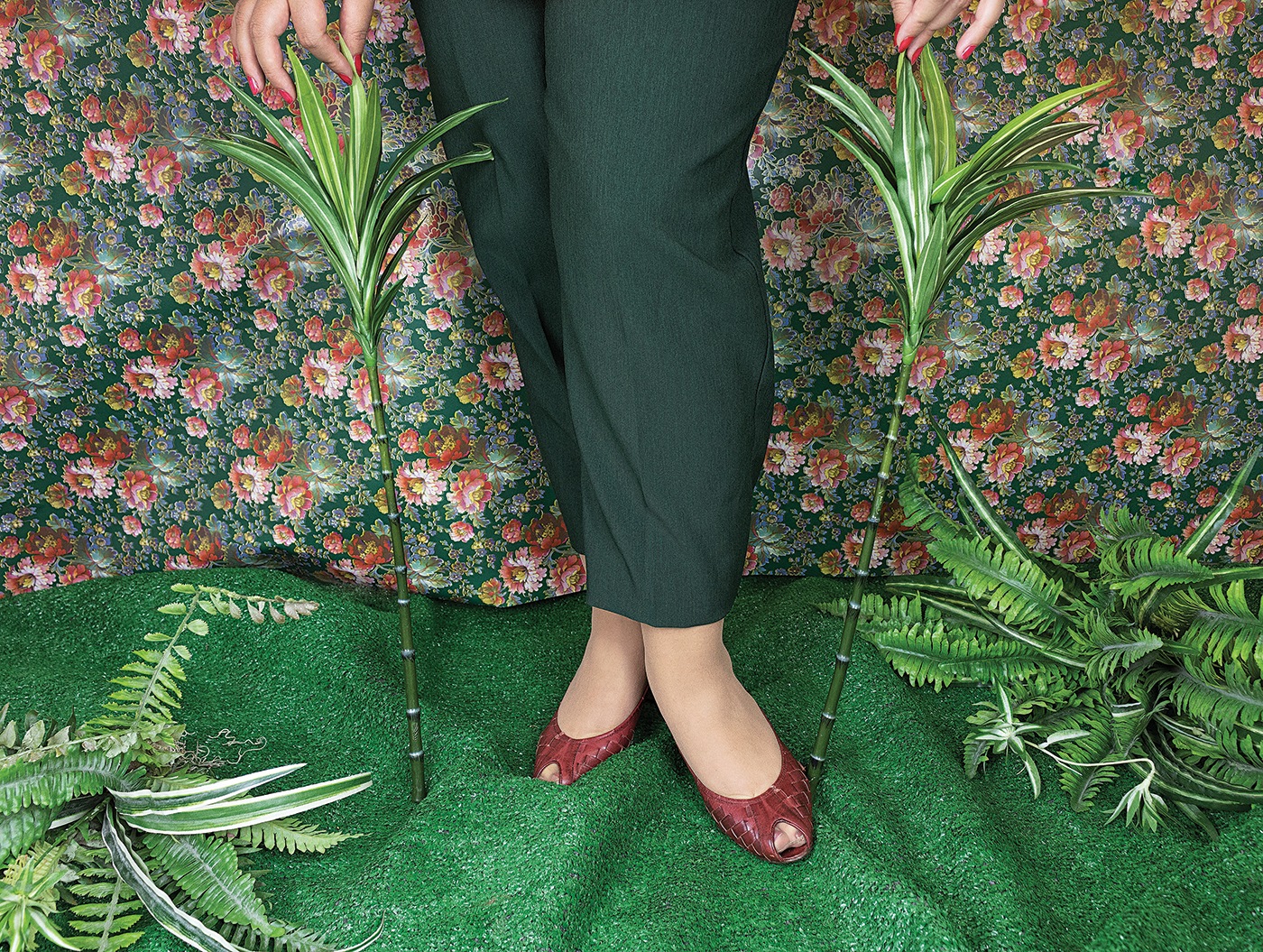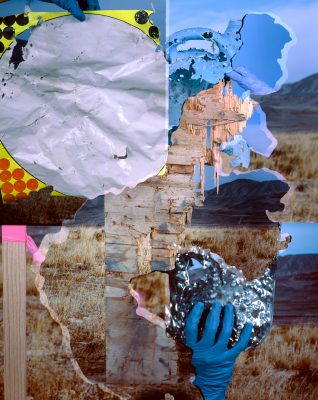
Women to the Front: The Legacy of Women’s Suffrage through Contemporary Artists
Activism, Outreach and Education
March 16–May 8, the Utah Division of Arts and Museums celebrates 15 contemporary artists through the Women to the Front: Perspectives on Equality, Gender, and Activism exhibition at the Rio Gallery. As the nation reaches its 100th anniversary of the ratification of the 19th Amendment, and Utah reaches its own 150th anniversary of the Women’s Suffrage Movement, the exhibit acknowledges these markers in history and sheds light on the intersection of equality, gender and activism through the lens of these 15 artists: Erin Coleman, Céline Downen, Annelise Duque, Lindsay Frei, Jamie Harper, Rachel Henriksen, Stephanie Leitch, Kylie Millward, Lis Pardoe, Wren Ross, Denae Shanidiin, Fazilat Soukhakian, Marcela Torres, Mary Toscano and Jaclyn Wright.
The show is co-curated by Utah Division of Arts and Museums Visual Arts Program Manager Nancy Rivera and attorney and art curator/critic Scotti Hill. These two individuals found success in merging their backgrounds to fulfill the concept for this exhibit. Hill’s background in curating has focused on underrepresented populations, and Rivera has worked in the SLC art community and is an artist herself. “The legacy and impact of the many women who have shaped our community is empowering, and I wanted to continue the conversation about women’s contributions to our state through Women to the Front,” Rivera says. The two worked hand in hand as they chose the 15 artists who offered pieces based in photography, painting, performance art, illustration and more as testaments to the legacy of the suffrage movement.
“The list of artists we compiled included artists whose work explored gender roles/identity, racial/ethnic identity, religion, etc.”
In addition to celebrating this legacy, the Women to the Front exhibit speaks to the inequality women face in the art world and what that has looked like in the past and today. “Running parallel to the mainstream fight for equality is one that exists for women within the art world—to gain recognition in the same ‘spheres’ of influence as male artists, to avoid the tokenization of being a female artist, and to enjoy economic transparency and fairness,” Hill says.
As there is a fine line between offering marginalized individuals well-deserved recognition and tokenizing them for their marginalized status, Rivera and Hill refined their search for artists to highlight both newly established and emerging artists. Before pitching the exhibit to Hill as Co-Curator, Rivera prepared a curation concept based on what it meant to reflect on the 19th Amendment’s and women’s suffrage legacy.
“The list of artists we compiled included artists whose work explored gender roles/identity, racial/ethnic identity, religion, etc.—topics that we felt could create a relevant conversation and offer diverse perspectives,” says Rivera. Hill and Rivera are not interested in creating a “greatest hits list,” as Hill puts it. “As an artist myself, I wanted this to be an opportunity for artists who were newer to the scene, either as emerging artists or recent Utah transplants, to represent a large number of the artists in the exhibition,” says Rivera.

“The legacy and impact of the many women who have shaped our community is empowering.”
After they finalized the concept and vision for this curation, Rivera and Hill began their search. The initial “short list” consisted of artists whom both Hill and Rivera had their eye on, then the work began to look past their blind spots. “This was a lengthy process,” Rivera says. “The search we conducted included visiting many art exhibitions, artist websites, social media and reaching out to friends and colleagues.” Another cornerstone of the curatorial process is the focus on the many forms of contemporary art. Hill says, “We are really excited with the results, as we have photography, painting, installation, multimedia and performance included.”
The artists’ expression of this show’s concept has happily taken various forms, which is a result of Hill’s and Rivera’s prep work. “Some of the artists have taken quite literal approaches to the theme, including Céline Downen—whose installation shows a series of blue hexagons inscribed with the names of suffragettes—to more experimental, such as Jaclyn Wright, whose photographic experiments highlight themes of bodily existence within the expansive landscape,” says Hill.
“Women to the Front exhibit speaks to the inequality women face in the art world.”
Featured artist Marcela Torres will be exhibiting her movement, auditory and literary performance Agentic Mode. “Agentic Mode is a performance I created to investigate the phenomena of violence as it pertains to a large social structure that creates visceral lived experience for people of color,” says Torres. Torres uses martial-arts techniques and evinces texts such as An Intimate History of Killing by Joanna Bourke to touch on war ideologies. Torres says, “The audience is walked through a slowly heightened situation as a way to be on the inside of feeling.” Agentic Mode connects with the overarching spirit of Women to the Front by grounding the audience: They have a woman of color (Torres) yell at them in a public place and establish dominance through the self-defense demonstrations. Torres says, “This work can be considered a continuation of the legacy of womxn bodies voicing truths and asking for changes and for others to acknowledge this lived experience.”
Women to the Front opens on Monday, March 16. The Rio Gallery is open Monday–Friday, 8 a.m.–5 p.m. for visitation.
Editor’s note: As of March 12, due to precautions taken to mitigate the spread of COVID-19, the opening reception for this exhibition has been canceled.